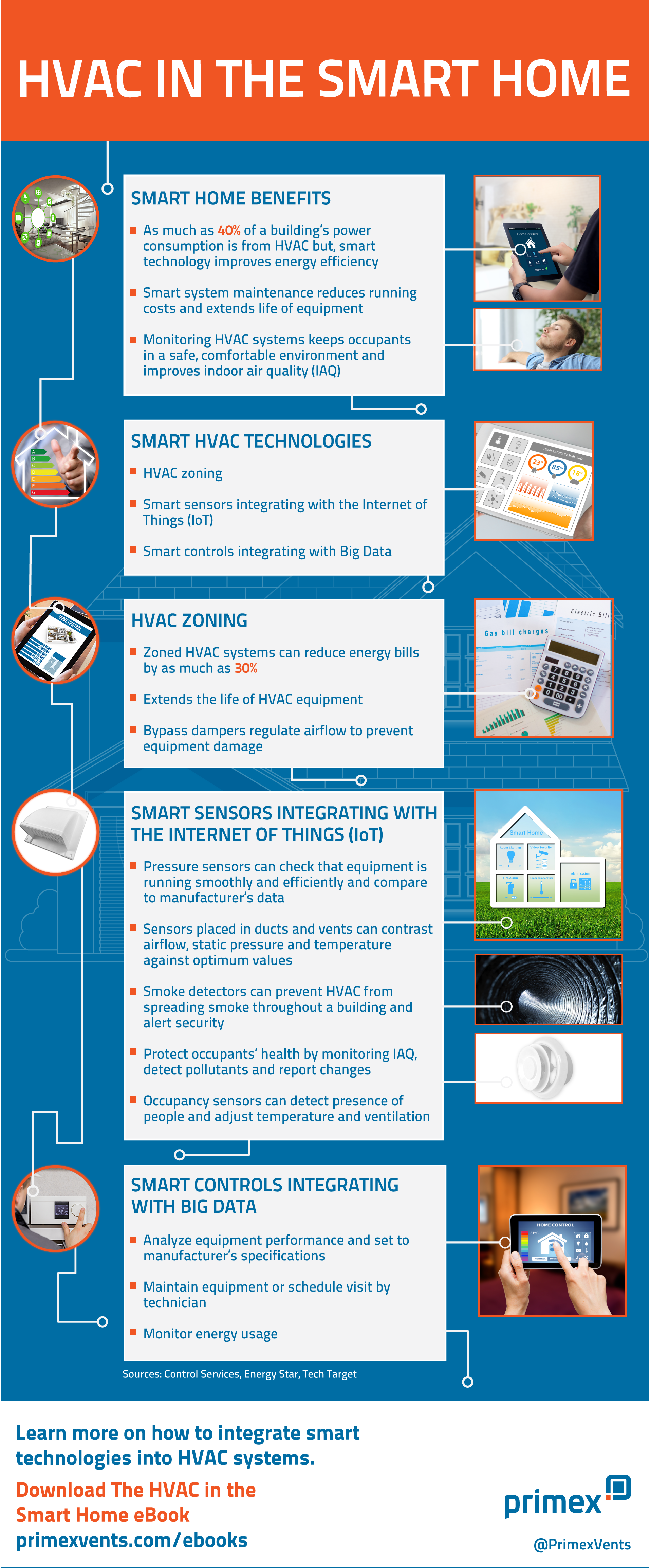The Ultimate Guide To Comprehending Heat Pumps - Exactly How Do They Work?
The Ultimate Guide To Comprehending Heat Pumps - Exactly How Do They Work?
Blog Article
Material Author-Forrest Cates
The best heatpump can save you significant amounts of cash on energy bills. They can also help in reducing greenhouse gas emissions, particularly if you make use of electrical energy instead of nonrenewable fuel sources like lp and heating oil or electric-resistance heaters.
Heatpump work significantly the like ac system do. This makes them a viable choice to traditional electric home heating systems.
Just how They Work
Heat pumps cool down homes in the summer and, with a little aid from electricity or natural gas, they provide a few of your home's home heating in the winter season. They're a great alternative for people who intend to lower their use nonrenewable fuel sources but aren't prepared to replace their existing heater and air conditioning system.
They rely on the physical reality that also in air that appears too cold, there's still energy existing: cozy air is constantly moving, and it wants to move into cooler, lower-pressure settings like your home.
The majority of ENERGY STAR accredited heatpump run at near to their heating or cooling ability throughout a lot of the year, decreasing on/off biking and saving energy. For air conditioning units for bedrooms , focus on systems with a high SEER and HSPF ranking.
The Compressor
The heart of the heatpump is the compressor, which is additionally known as an air compressor. This mechanical streaming device uses potential energy from power creation to boost the pressure of a gas by decreasing its volume. It is different from a pump in that it just works on gases and can't work with liquids, as pumps do.
Climatic air gets in the compressor via an inlet valve. It travels around vane-mounted arms with self-adjusting length that separate the inside of the compressor, creating numerous cavities of varying size. The rotor's spin pressures these cavities to move in and out of stage with each other, pressing the air.
The compressor draws in the low-temperature, high-pressure cooling agent vapor from the evaporator and presses it right into the warm, pressurized state of a gas. This procedure is duplicated as required to supply home heating or cooling as called for. The compressor also contains a desuperheater coil that recycles the waste warmth and adds superheat to the cooling agent, transforming it from its fluid to vapor state.
The Evaporator
The evaporator in heat pumps does the very same point as it does in fridges and a/c, changing fluid refrigerant right into an aeriform vapor that eliminates warmth from the space. Heatpump systems would certainly not function without this crucial tool.
This part of the system is located inside your home or structure in an interior air handler, which can be either a ducted or ductless system. It includes an evaporator coil and the compressor that compresses the low-pressure vapor from the evaporator to high pressure gas.
please click the following internet site take in ambient warm from the air, and then use electrical energy to move that heat to a home or service in heating mode. That makes them a lot extra energy effective than electric heaters or heating systems, and since they're making use of tidy electricity from the grid (and not shedding gas), they likewise generate much fewer discharges. That's why heatpump are such wonderful environmental selections. (Not to mention a huge reason that they're ending up being so preferred.).
The Thermostat.
Heatpump are great alternatives for homes in cold environments, and you can use them in combination with standard duct-based systems and even go ductless. They're a great alternative to nonrenewable fuel source furnace or conventional electrical heating systems, and they're extra sustainable than oil, gas or nuclear cooling and heating tools.
Your thermostat is one of the most vital component of your heat pump system, and it functions extremely in a different way than a standard thermostat. All mechanical thermostats (all non-electronic ones) job by utilizing materials that change dimension with enhancing temperature level, like coiled bimetallic strips or the expanding wax in an auto radiator valve.
These strips consist of 2 different types of steel, and they're bolted together to form a bridge that finishes an electric circuit linked to your cooling and heating system. As the strip obtains warmer, one side of the bridge broadens faster than the other, which causes it to bend and signify that the heating unit is needed. When the heat pump remains in heating setting, the turning around shutoff reverses the circulation of cooling agent, so that the outside coil now works as an evaporator and the interior cylinder becomes a condenser.